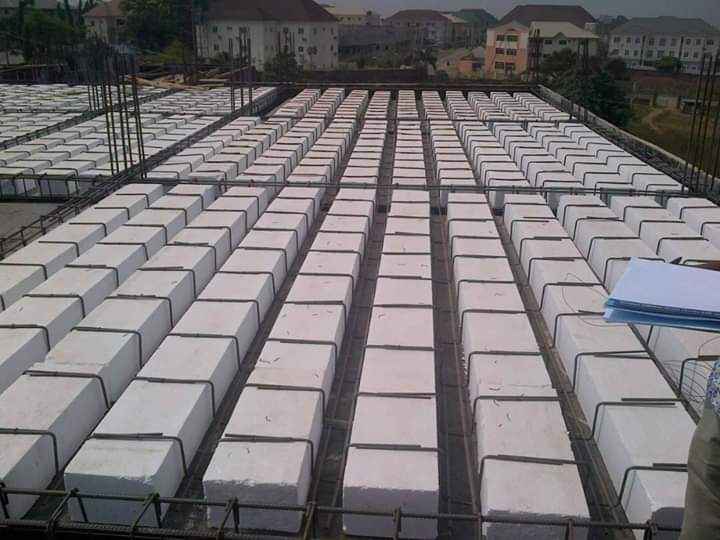There are two types of polystyrene foam best suited for processing: Extruded polystyrene (XPS foam), and Expanded polystyrene (EPS foam). Although both types of insulation are comprised of polystyrene, the two types of manufacturing processes produce finished products with very different performance properties. XPS is manufactured in a continuous extrusion process that produces a homogeneous closed cell crossed section, whereas EPS is manufactured by expanding spherical beads in a mold, using heat and pressure to fuse the beads together.
We will be focusing mainly on EPS; as its our primary interest.




